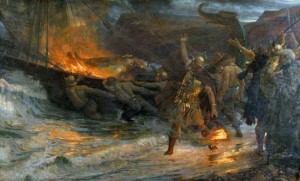Blond, bulky men with horned helmets pillaging and plundering the neighboring lands is what we picture when Vikings are mentioned. But there ‘s a lot more to the story. Here are the top 10 surprising facts you may not know about Vikings and their lifestyle.
Occupation
Table of Contents
Contrary to popular belief, very few Vikings were actually full-time pillagers. Most of them were traders or farmers in their day jobs. Pillaging may have been a big part of Viking traders’ lives, but they were one of the most widespread traders in the world during their time. Farming was the primary occupation of most Viking men when they were home.
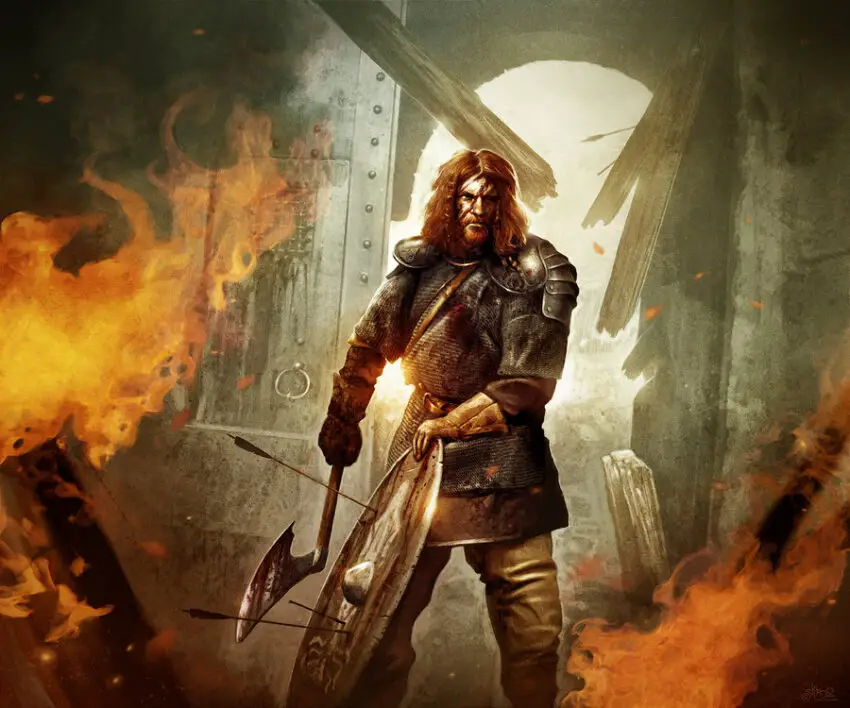
Viking Helmets
Despite the representations of Vikings in our time, they didn’t actually wear horned helmets. Their style of combat would have made such decoration a safety hazard. Their Christian contemporaries did their best to associate their pagan religion with “The Devil” – hence the false idea of horns. There’s no evidence to suggest that Vikings wore helmets with any decorations of the sort.
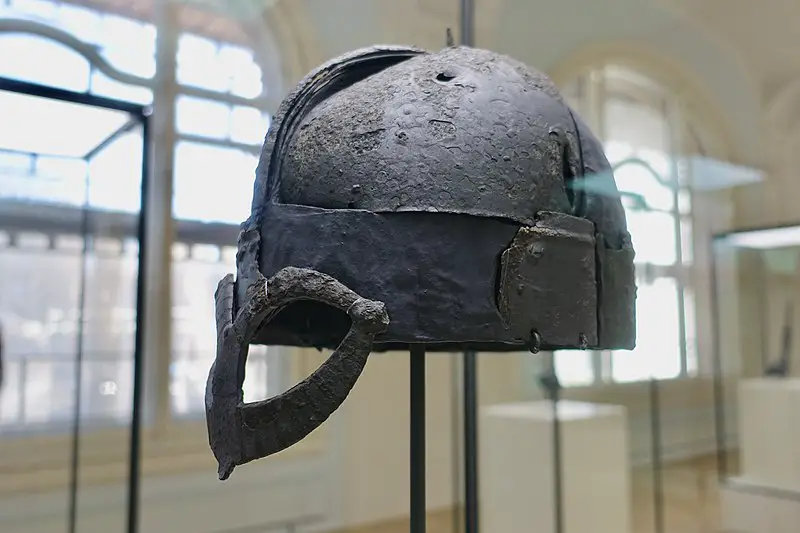
Hygiene
Although regular access to running water wasn’t a thing back then, Vikings took great care of themselves, once again defying the “savages” stereotype. They bathed once a week on Saturdays, or “laurdag” – “washing day”. They were also quite vain, and used hair combs, tweezers and even “ear spoons” made of animal bone. It’s also believed that they made their own soap.
Hair
Vikings believed, and it’s often demonstrated in popular culture, that blond hair was the most beautiful. Viking gentlemen actually bleached their hair with their version of soap that contained lye. Facial hair had also undergone that treatment in some regions.
Sports
Vikings were the first people to ski and ice skate for fun. They even worshipped a God of skiing, whose name was Ullr. They were also fond of knattleikr – a game which was very similar to today’s ice hockey and was quite popular in Viking Iceland. It involved a bat and a ball and there were penalty boxes and team captains – in other words, Vikings’ ice hockey is not too different from today’s version of the sport. Knattleikr is popular even today, and several American colleges have knattleikr teams.
Board games
Vikings were also fond of board games. A particular favorite was Hnefatafl – a strategy game similar to chess played on checkered boards using figurines representing two rival armies. Hnefatafl predates chess and was the board game of choice until much later. Its popularity is explained by the wide outreach of the Vikings. Hnefatafl is still played today.
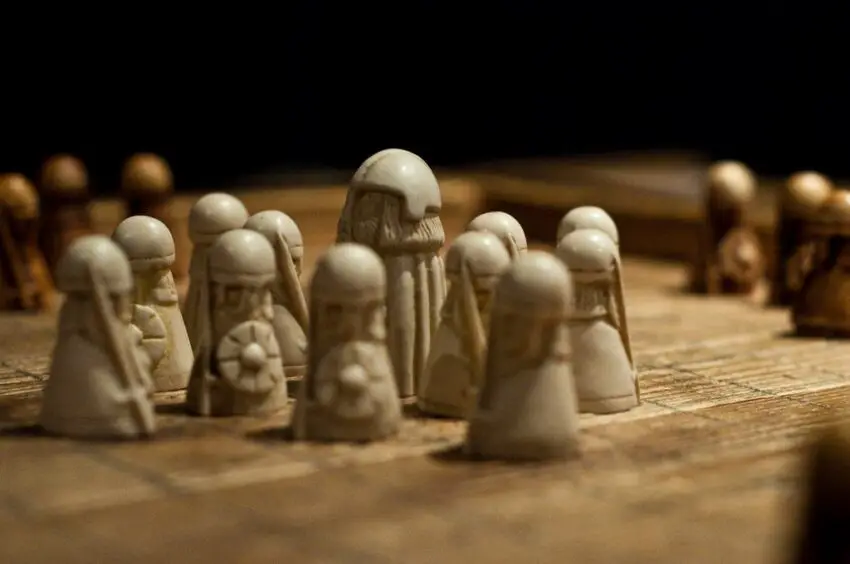
The Thing
Vikings had their own system of law and order. They were obliged to attend a meeting known simply as The Thing, where all legal issues were resolved. The Thing was a major event in the Viking society and could last for days, also serving as an occasion for a market day or a festival. Women were also allowed to attend The Thing and their input was valued. Speaking of Viking women…
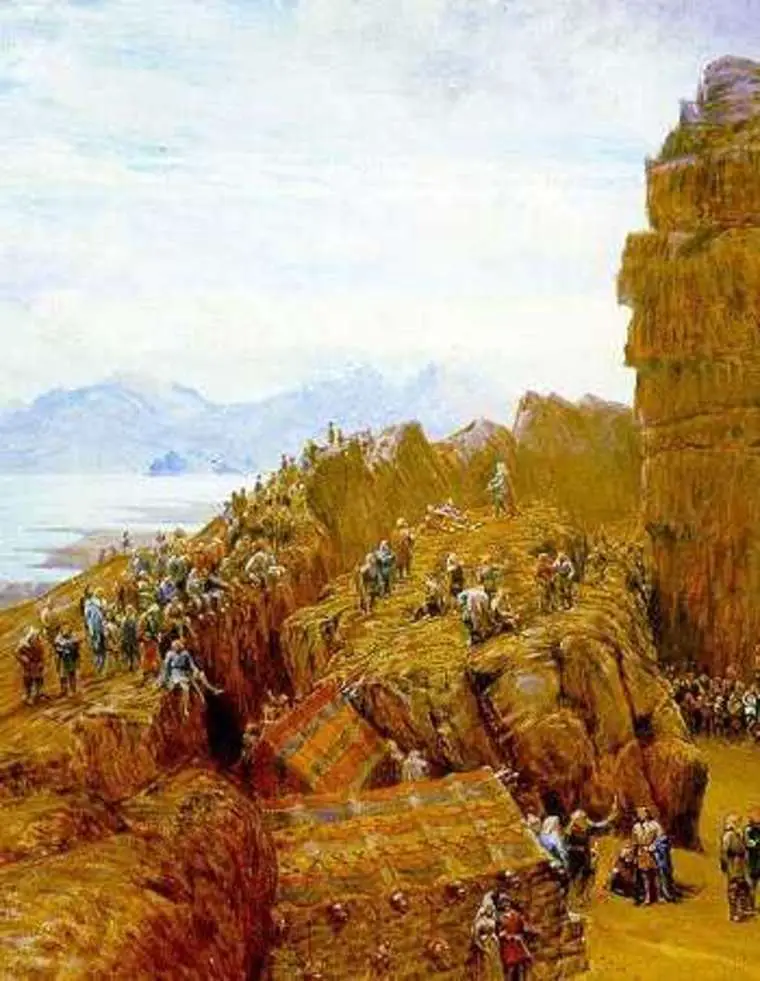
Divorce
Viking women may have been forced to get married at ages as young as 12, but unlike their contemporary neighboring cultures, they could also divorce their husbands. A wife would have to call two witnesses and tell them that she was divorcing –outside the house and then again next to the marital bed. Possible grounds for divorce included the husband being abusive, too lazy to run the farm or even having too much chest hair!
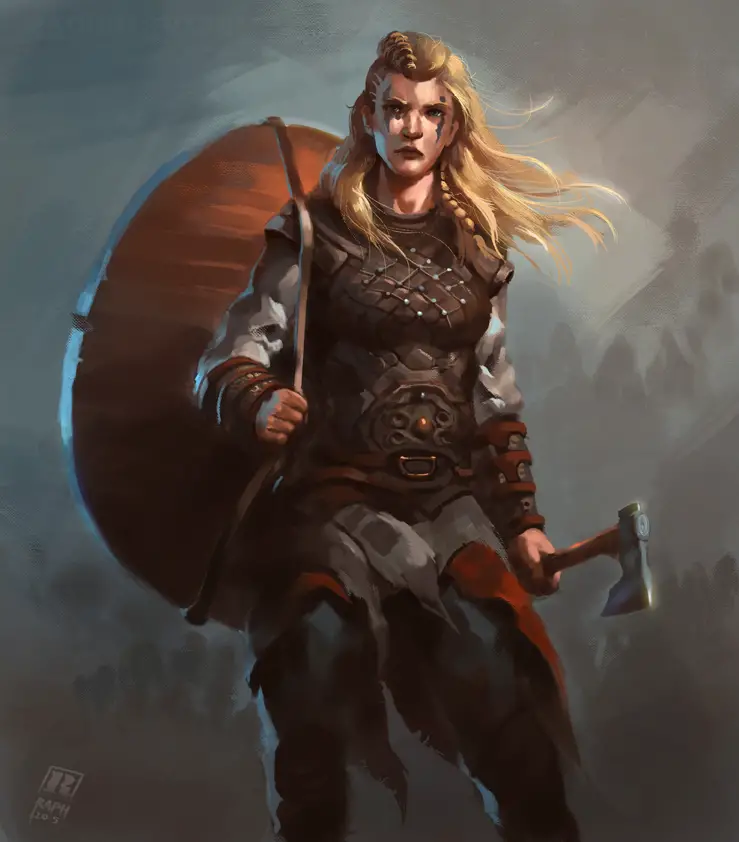
Laws and Bylaws
Although Vikings didn’t have any written laws, their impact on the legal system is still alive today, particularly in the English-speaking countries. The very word “law” is actually a Viking word. They also had bylaws related to regulation of specific villages. Nowadays, the term “bylaws” is employed by the English-speaking world in various instances.
Death
Vikings believed that those who died in battle went to Valhalla, or the afterlife – a land ruled by Odin, where they helped him to prepare for the Ragnarök, or the Apocalypse. Most notable warriors were buried at sea by way of a ship burial. They were laid in a boat and given offerings which sometimes included sacrificed slaves. They were then sunk with the help of piles of stone.
